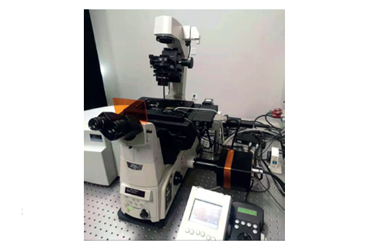The Study Of Circadian Rhythms And Suprachiasmatic Nucleus (SCN) Neurons

How does studying jet lag in mice improve our health? A recent study led by Huiyan Li, from the National Center of Biomedical Analysis in Beijing, China is looking to understand how Chronobiology affects our wellbeing.
Circadian rhythms are physical, mental, and behavioral changes that follow a 24-hour cycle. This rhythm is governed by the master circadian pacemaker, suprachiasmatic nucleus (SCN) which can orchestrate the peripheral clocks in multiple tissues throughout the body. They have established primary cilia–mediated Sonic Hedgehog (SHH) signaling in the SCN as a novel interneuronal coupling mechanism and may lead to novel therapy of circadian disruption-linked diseases like high blood pressure, obesity and other metabolic disorders.
In vertebrate animals, the master clock is a group of about 20,000 nerve cells (neurons) that form a structure called SCN, which is in a part of the brain called the hypothalamus and receives direct input from the eyes. It is the central pacemaker of the circadian timing system and regulates most circadian rhythms in the body. Your body tries to align your sleep-wake cycle to cues from the environment, such as when it gets light or dark outside, when you eat, and when you are physically active.
Get unlimited access to:
Enter your credentials below to log in. Not yet a member of Photonics Online? Subscribe today.
